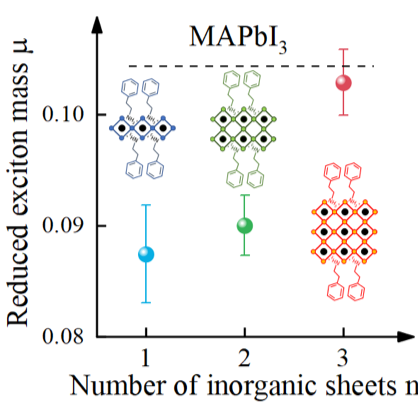A lire aussi
L’aimant hybride du LNCMI atteint 42 Tesla
13 November 2024
par Super Administrateur
High-strength copper/silver alloys processed by cold spraying for DC and pulsed high magnetic Fields
15 May 2024
par Super Administrateur
Le nouveau transformateur
60 MVA 225 kV/15 kV est en place
03 April 2024
par Super Administrateur

